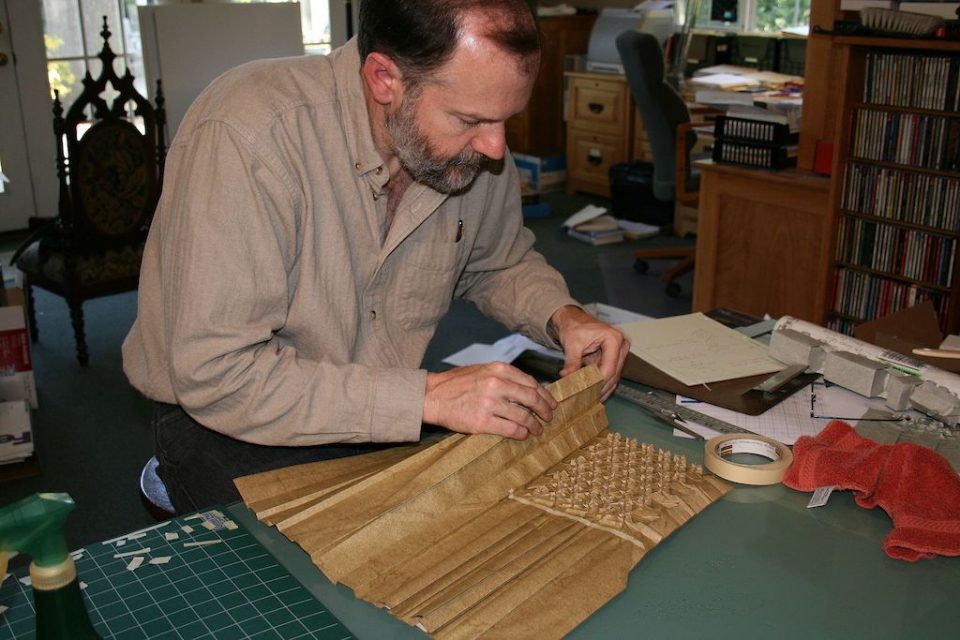Solve 99% of your problems on paper

How to print – a (mostly) foolproof guide
January 26, 2017
7 Online Marketing Trends That Will Dominate 2017
February 7, 2017
In the last decade or so, we’ve become used to using powerful computers to solve calculations quickly.
However, an astrophysicist based at the University of Bern in Switzerland has gone back to basics. Dealing with complex and often theoretical concepts – especially when calculating potential atmospheres of far-away planets where any number of chemical reactions might be taking place to influence them – can, strangely, be slow when using a computer.
Kevin Heng, the astrophysicist in question, has found that he can speed up the process by solving 99% of the calculation on paper first, before anyone gets near a computer.
Although understanding the calculation would be beyond any of us who aren’t also astrophysicists, the simplification is a concept it’s worth examining further. Heng reduces the variables to a single equation, whereas a computer is inclined to take all the information available and attempt to calculate all probabilities at the same time.
If you’re multitasking with multiple tabs open on your browser, and half a dozen programs running at the same time on your computer, there’s a good chance it’s slowing down, and taking you with it. Step away from your laptop and move to a breakout area at work, or even sit down away from your desk at home with a notebook and pen – you could become more productive as a result.
If you have to engage with problem-solving within your business on a regular basis – and who doesn’t? – it’s worth taking a sheet of paper from the photocopier or printer, and sketching out the problem in a linear fashion.
Identify your problem, and identify your ideal solution – these appear at opposite ends of your paper, your problem at the top and your solution at the bottom. In the middle, in the white space, is both the gap between the two, and your path to solving it.
In that white space, start to identify the interim steps that will solve the problem. For example, if your problem is ‘email is distracting’ and your solution is ‘free up time’, your first step might be to turn off notifications, so that you’re not distracted by an intrusive ping every 10 minutes or so. Your second step might be to schedule three or four dedicated slots in which you check and sort email. Your third step might be to unsubscribe from irrelevant or outdated mailing lists, to reduce the inbox ‘noise’ that distracts so many of us, and your final step could be to schedule an ‘email hour’, in which you reply to everything that needs your attention.
Of course, you may identify other timesavers along the way, such as setting up filters so that specific client emails go to their own folders, meaning you don’t have to waste time searching for an email chain on a particular project. The unifying factor is that it’s a process you may not have identified if you’d just waded into your inbox and started deleting junk mail.
It’s entirely likely that pen and paper will clear your mind so much that you’ll come up with any number of solutions –




